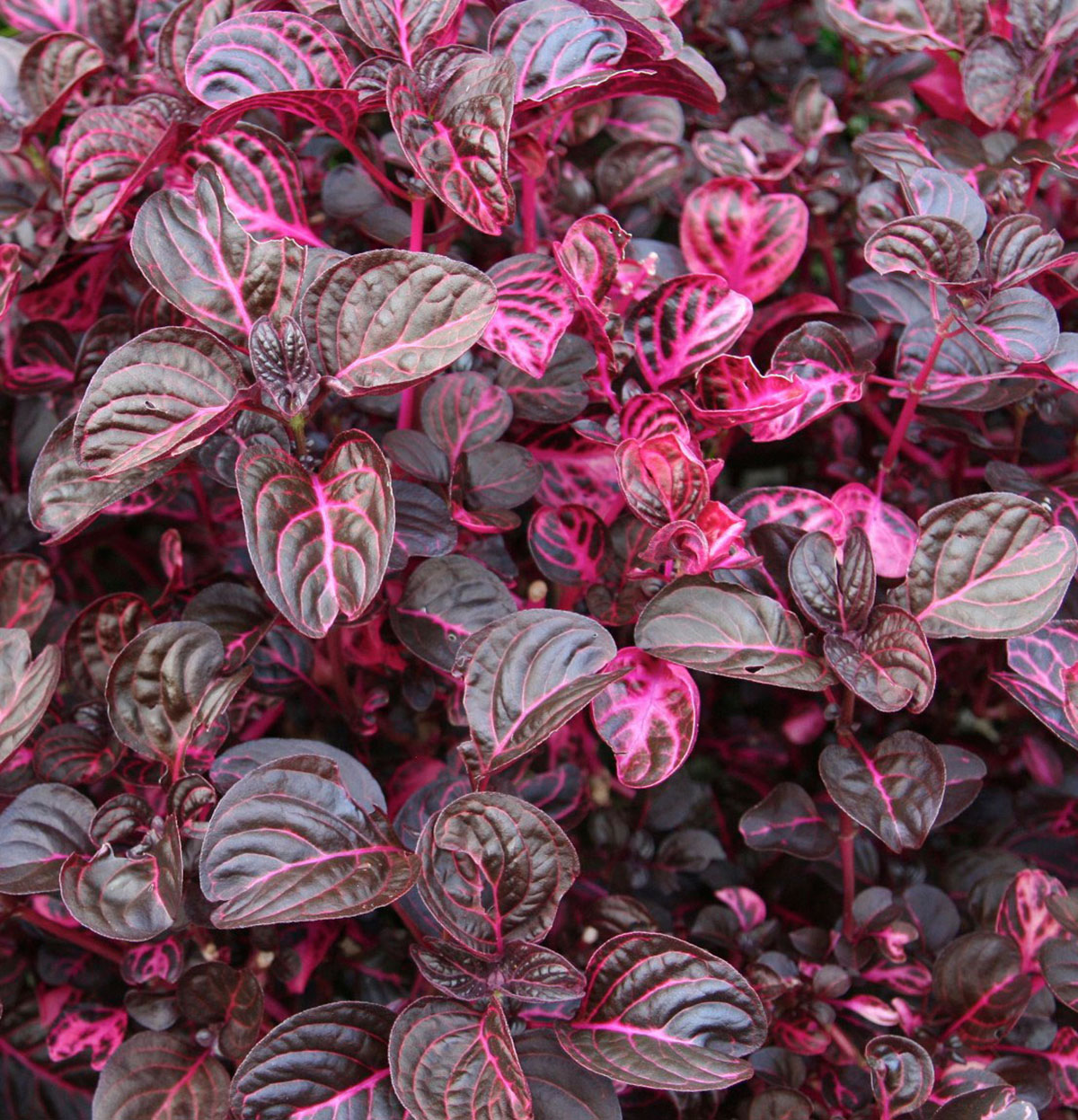Bloodleaf
(Iresine diffusa)

Description
Iresine diffusa, commonly known as bloodleaf or chicken gizzard, is a plant species in the family Amaranthaceae. This perennial herbaceous plant is native to South America, but has now been widely introduced to tropical and subtropical regions worldwide as an ornamental plant. Taxonomy: The scientific name Iresine diffusa was first described by French botanist Augustin Pyramus de Candolle in 1845. It belongs to the genus Iresine, which comprises approximately 25 species of herbs and shrubs found primarily in tropical and subtropical regions of the Americas. Description: Iresine diffusa is a small, herbaceous plant that grows up to 30 cm in height and 50 cm in width. It has slender stems that are reddish or purplish in color, and leaves that are ovate to lanceolate in shape, measuring 2-10 cm long and 1-5 cm wide. The leaves are dark green with red or pink veins and margins, giving the plant its characteristic blood-like appearance. The flowers are small and inconspicuous, with greenish-white to pinkish-red inflorescences that are arranged in terminal spikes. Distribution and habitat: Iresine diffusa is native to South America, including Brazil, Argentina, and Uruguay. It has been introduced to other tropical and subtropical regions worldwide, including Africa, Asia, Australia, and the Pacific Islands. It is commonly grown as an ornamental plant in gardens and parks, and can also be found in disturbed habitats such as roadsides, waste areas, and abandoned fields. Cultivation: Iresine diffusa is a relatively easy plant to grow and care for. It prefers a well-drained soil with a neutral to slightly acidic pH, and thrives in full sun to partial shade. It can be propagated by seed or by stem cuttings, and requires regular watering and fertilization during the growing season. It is also tolerant of moderate drought and can withstand short periods of frost. Uses: Iresine diffusa is primarily grown as an ornamental plant for its striking foliage. Its red and pink veins and margins make it a popular choice for adding color and contrast to garden borders, rockeries, and containers. It is also used in traditional medicine in some South American countries, where it is believed to have astringent, diuretic, and antidiarrheal properties. Cautions: Iresine diffusa is not known to be toxic to humans or animals, but it should not be consumed in large quantities as it may cause digestive discomfort. It can also be irritating to the skin and eyes, so gloves should be worn when handling the plant. In conclusion, Iresine diffusa is a beautiful and easy-to-grow plant that adds a splash of color and texture to any garden. Its striking foliage and low maintenance requirements make it a popular choice for both novice and experienced gardeners. While it is primarily grown as an ornamental plant, it also has potential medicinal uses in some parts of the world.
Taxonomic tree:







